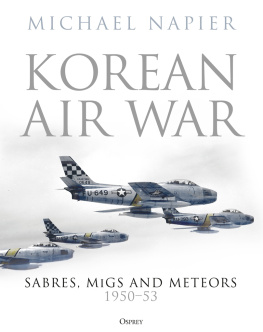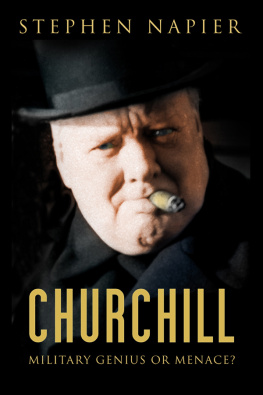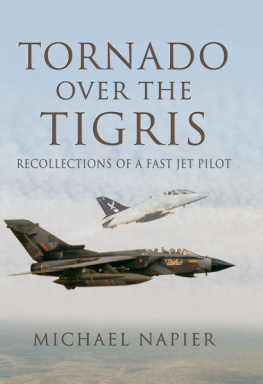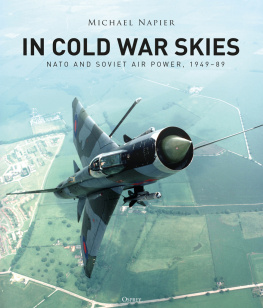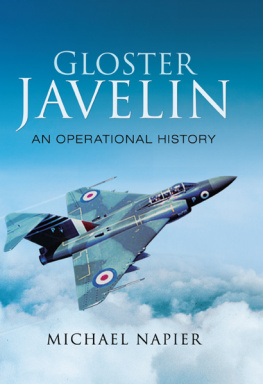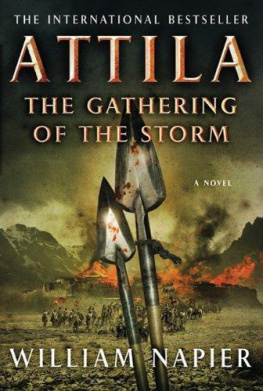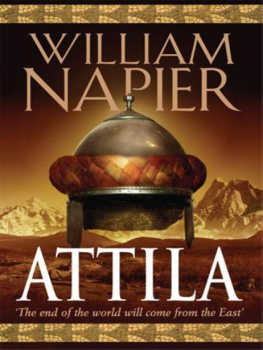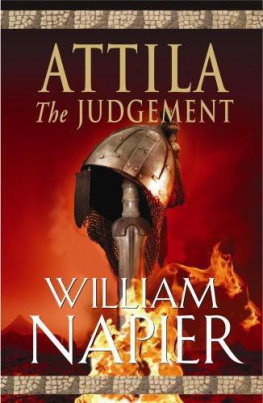
OSPREY PUBLISHING
Bloomsbury Publishing Plc
Kemp House, Chawley Park, Cumnor Hill, Oxford OX2 9PH, UK
29 Earlsfort Terrace, Dublin 2, Ireland
1385 Broadway, 5th Floor, New York, NY 10018, USA
E-mail:
www.ospreypublishing.com
OSPREY is a trademark of Osprey Publishing Ltd
First published in Great Britain in 2021
This electronic edition published in 2021 by Bloomsbury Publishing Plc
Michael Napier, 2021
Michael Napier has asserted his right under the Copyright, Designs and Patents Act, 1988, to be identified as Author of this work.
For legal purposes the constitute an extension of this copyright page.
All rights reserved
You may not copy, distribute, transmit, reproduce or otherwise make available this publication (or any part of it) in any form, or by any means (including without limitation electronic, digital, optical, mechanical, photocopying, printing, recording or otherwise), without the prior written permission of the publisher. Any person who does any unauthorised act in relation to this publication may be liable to criminal prosecution and civil claims for damages.
A catalogue record for this book is available from the British Library.
ISBN: 978-1-4728-4444-6 (HB)
ISBN: 978-1-4728-4441-5 (eBook)
ISBN: 978-1-4728-4442-2 (ePDF)
ISBN: 978-1-4728-4443-9 (XML)
Edited by Jasper Spencer-Smith
Assisted by Shaun Barrington
Cover design and art direction by Stewart Larking (Osprey)
Layout by Dave Ayres, creativebyte.co.uk
Produced for Bloomsbury Plc by Editworks Limited
Bournemouth, BH1 4RT, UK
Osprey Publishing supports the Woodland Trust, the UKs leading woodland conservation charity.
To find out more about our authors and books visit www.ospreypublishing.com . Here you will find our full range of publications, as well as exclusive online content, details of forthcoming events and the option to sign up for our newsletters. You can also sign up for Osprey membership, which entitles you to a discount on purchases made through the Osprey site and access to our extensive online image archive.
: A flight of three Republic F-84E Thunderjets of the 27th FEG, which deployed to Korea in late November 1950 to act as fighter escort to bomber aircraft. (USAFM)
CONTENTS

Vought F4U Corsairs being prepared for an airstrike on a North Korean position. (US Navy)
AUTHORS NOTE
The Korean War is very much a forgotten conflict, but it holds a unique place in history for a number of reasons. Firstly, it was the first war involving large-scale jet-versus-jet combat, where the tactics of high-speed, high-altitude flight were tried and validated. Secondly, it was the first war fought by the newly independent United States Air Force (USAF), which came of age and finally broke free from meddling by the US Army commanders during the conflict. Thirdly, it was the baptism of fire of the recently formed Zhnggu Rnmn Jifngjn Kngjn(CPLAAF Chinese Peoples Liberation Army Air Force) and is still regarded in China as an important victory over neo-colonial forces. Fourthly, it was the first major conflict fought between the armed forces of the USA, the USSR and China, and military action was very much constrained by political considerations; the experience of Korea served as a template for the conduct of subsequent proxy wars between the super-powers over the next half century. During the Korean War, many lessons were learned about the organization and prosecution of modern aerial warfare and those lessons are still valid today.
Over the years a number of books have been written about the Korean War, but most appear to tell the story from just one perspective and none of them seem to be entirely objective. Furthermore, some of these works are difficult to follow because they do not keep to a chronological sequence. My aim has been to produce a comprehensive, logically ordered and impartial account of the air war over Korea, although I have also taken the opportunity to highlight the little-known British participation in the conflict by the Royal Air Force (RAF).
The war was fought by the air forces of nine countries (the USA, China, the USSR, North and South Korea, the UK, Australia, South Africa and Canada), so the primary source documents are scattered across four continents and are written in four languages. I have therefore relied to some extent on secondary sources, which are listed at the end of the book. However, I believe that I have found sufficient primary records in the UK National Archives and in the US to cross-check the accuracy of these secondary sources.

